The trend toward cashless transactions in the Philippines is gaining traction as consumer preferences shift away from traditional cash payments. VISA’s latest Consumer Payment Attitudes Study reveals a significant decrease in cash usage, dropping from 96% in 2022 to 87%.

The study, conducted annually, examines the payment behaviors of Filipino consumers regarding digital payments, digital banking, and the future of commerce. Based on interviews with 1,000 Filipino consumers aged 18-65, the latest edition, conducted from October to November 2023, spans various cities, regions, and income brackets, with a minimum monthly income of PHP 12,000.
Driven by younger and wealthier demographics (Gen Z and Gen Y), Filipino consumers are increasingly adopting cashless transactions, going without cash for an average of 10 days. Specifically, card payments accounted for 70% of transactions in 2023 (including swipe/insert, online, and tap-to-pay/contactless payments), while mobile wallet usage stood at 87%, equal to cash transactions.

Survey results indicate that 43% of Filipinos now carry less cash in their wallets, primarily due to the growing habit of using cashless and contactless payments, coupled with increased acceptance among stores and merchants.
Leading merchant categories such as supermarkets (88%), food and dining (86%), and bill payments (82%) have notably expanded acceptance of cashless payment methods compared to the previous year.
According to Jeff Navarro, VISA Country Manager for the Philippines, “Filipinos are becoming more comfortable with cashless payments, and we are confident that they will continue to embrace innovations in the digital payment landscape.” VISA remains dedicated to facilitating a smooth transition to a cash-lite society by offering secure and convenient digital payment solutions.
Contactless payments, including contactless cards, QR codes, and mobile wallets, are driving the shift towards cashless transactions in the Philippines. Approximately 90% of Filipinos are aware of and interested in using contactless cards and QR codes for payments. In 2023, 32% used contactless cards, mainly among the affluent population, while 55% utilized QR codes, with widespread adoption across age groups except for consumers aged 59-65.
Among mobile wallet users, QR code payments are the most preferred method for 38% of consumers, making mobile wallets the primary funding source for QR payments. Scanning QR codes in-store is preferred by 78% of its users.
When traveling abroad, Filipinos prefer to use cards for cross-border payments, with 55% opting for debit and credit cards due to convenience, time savings, and hassle-free experience. Additionally, 37% of Filipinos are aware of and have tried using QR codes for cross-border payments, while 69% express interest in future use.
With the transition to digital payments, 52% of consumers are confident in going cashless for at least a week, and 37% believe the Philippines will become a cashless society by 2030 or sooner.
Jeff Navarro notes, “Our study shows that the cashless trend is continuing in the Philippines. While progress is evident, we still have work to do.” VISA collaborates with the government, banks, financial institutions, and fintechs to support the development of digital payments in the Philippines, aligning with initiatives such as Bangko Sentral ng Pilipinas’ Digital Payments Transformation Roadmap to provide consumers and businesses with convenient, seamless, and secure digital payment solutions.





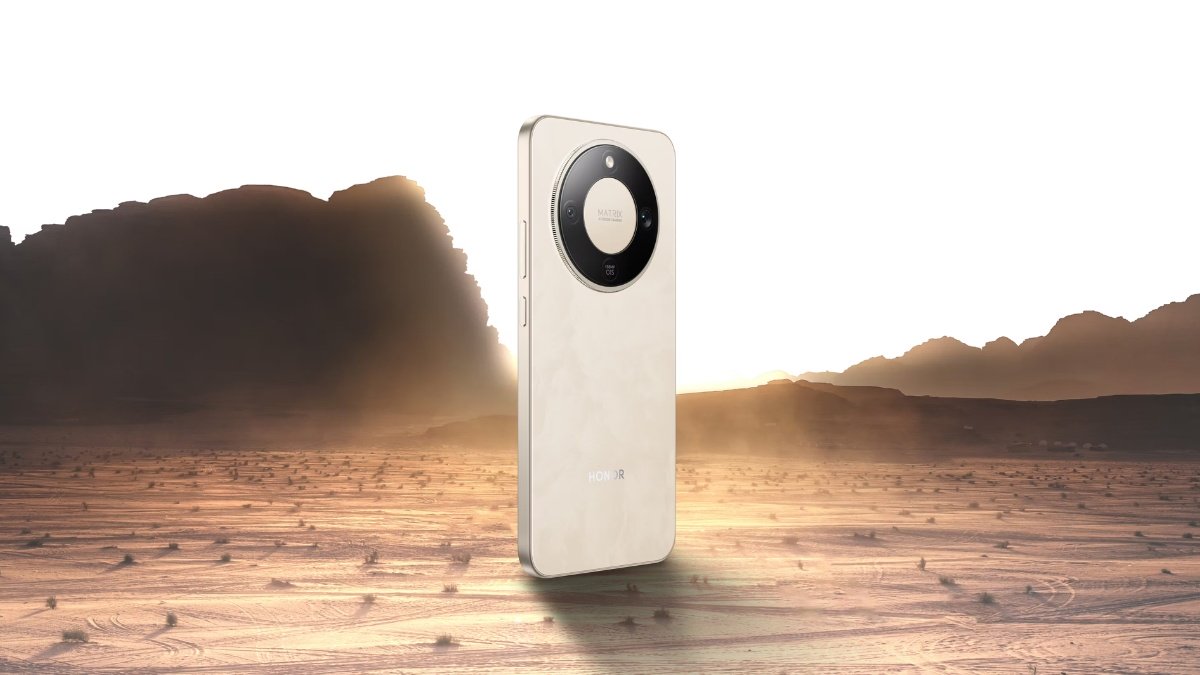

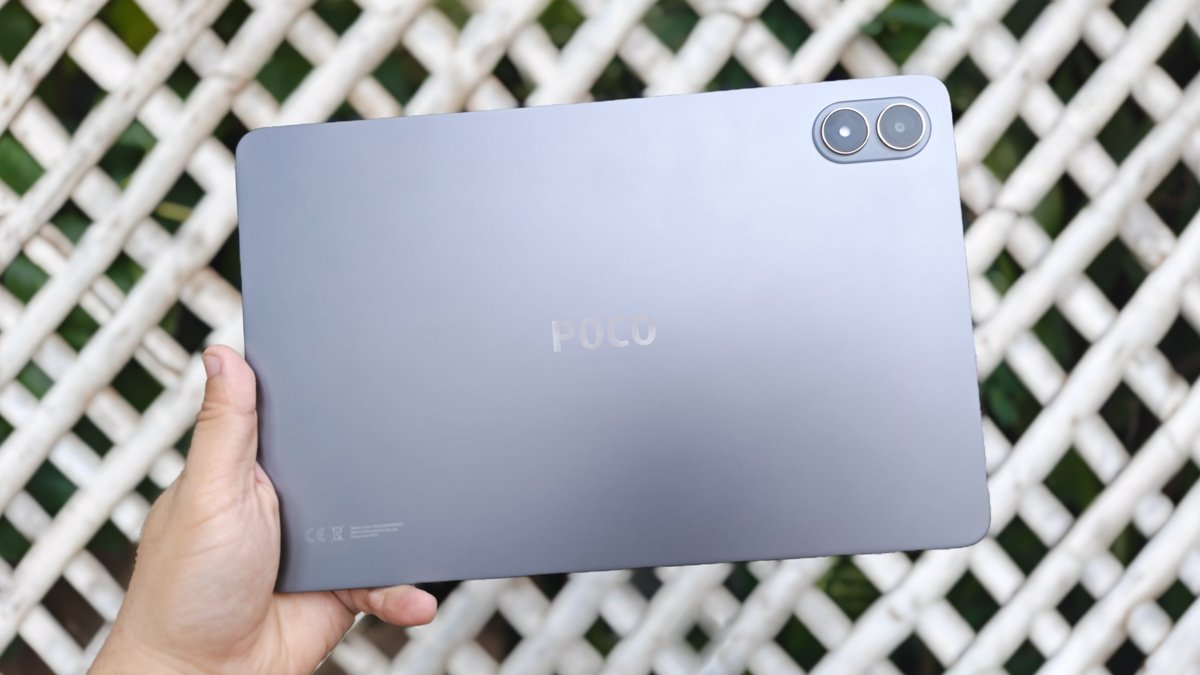
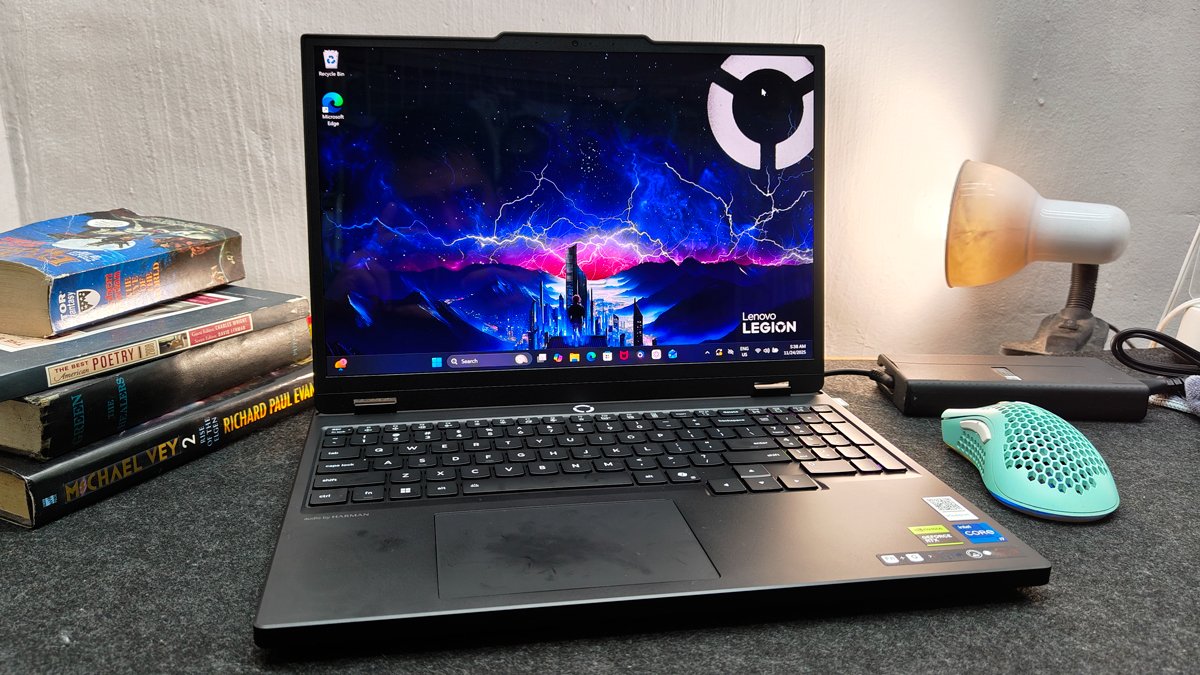
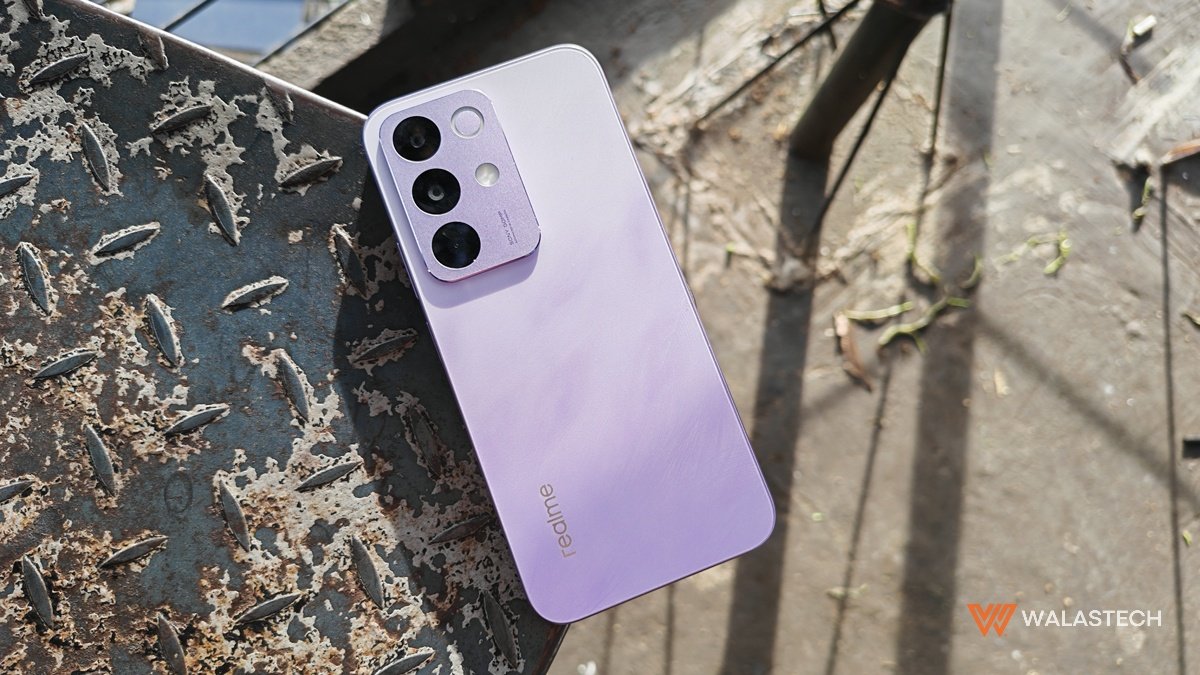
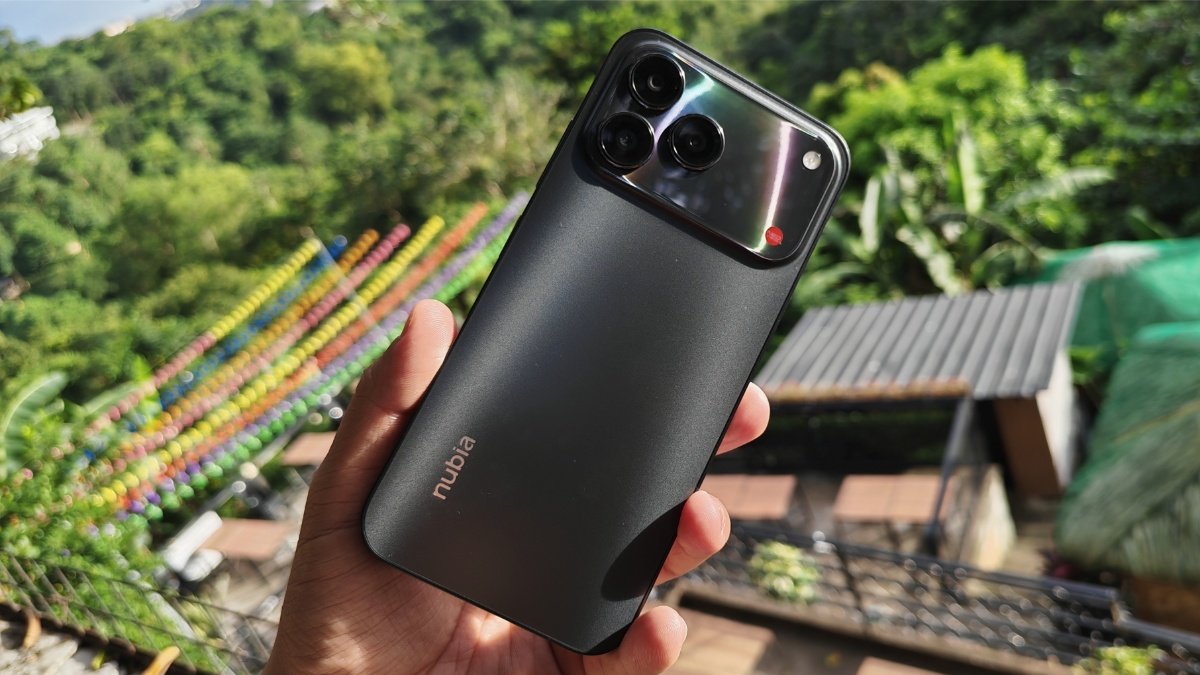
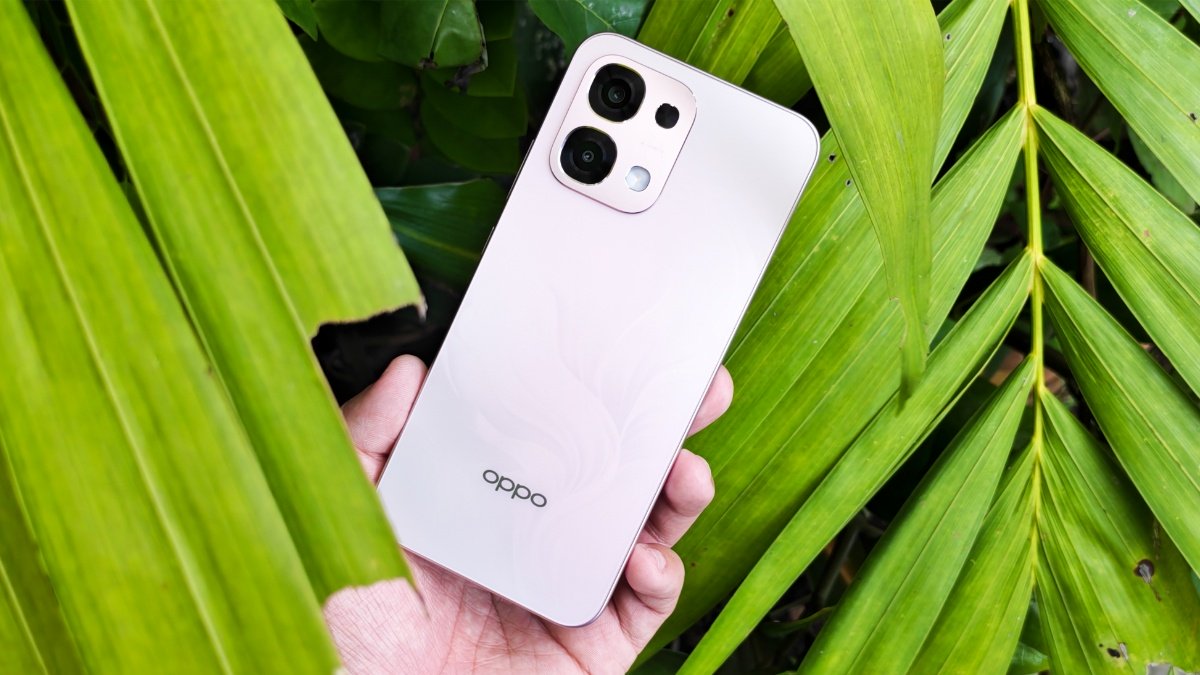
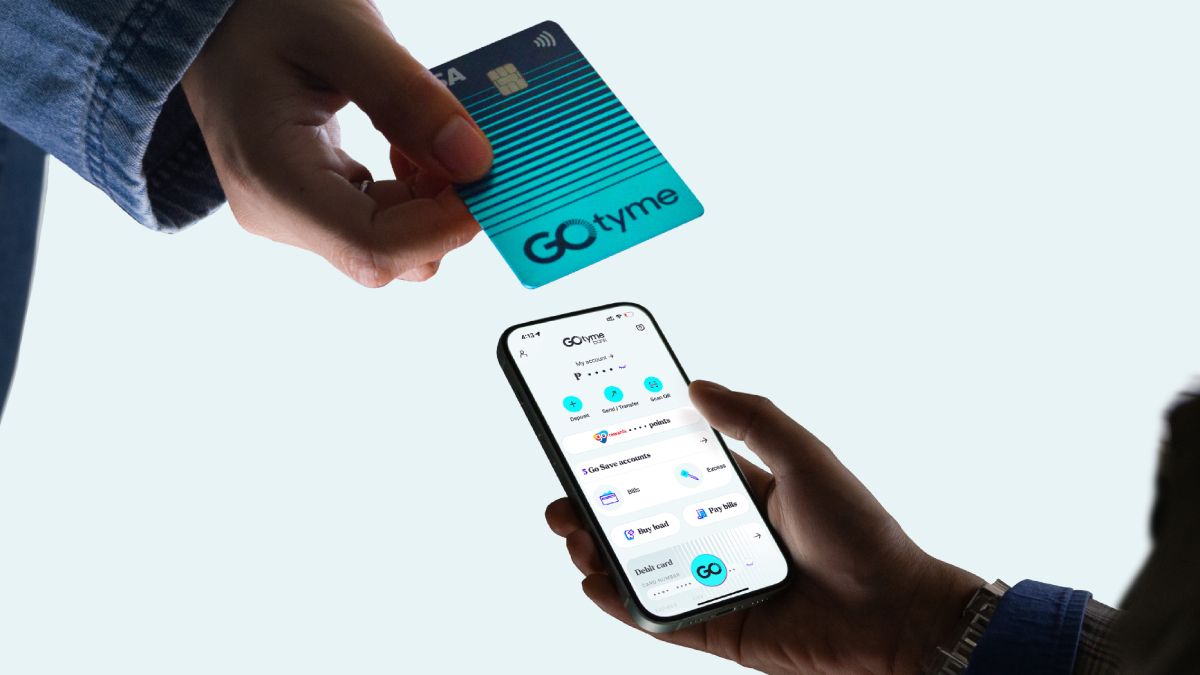
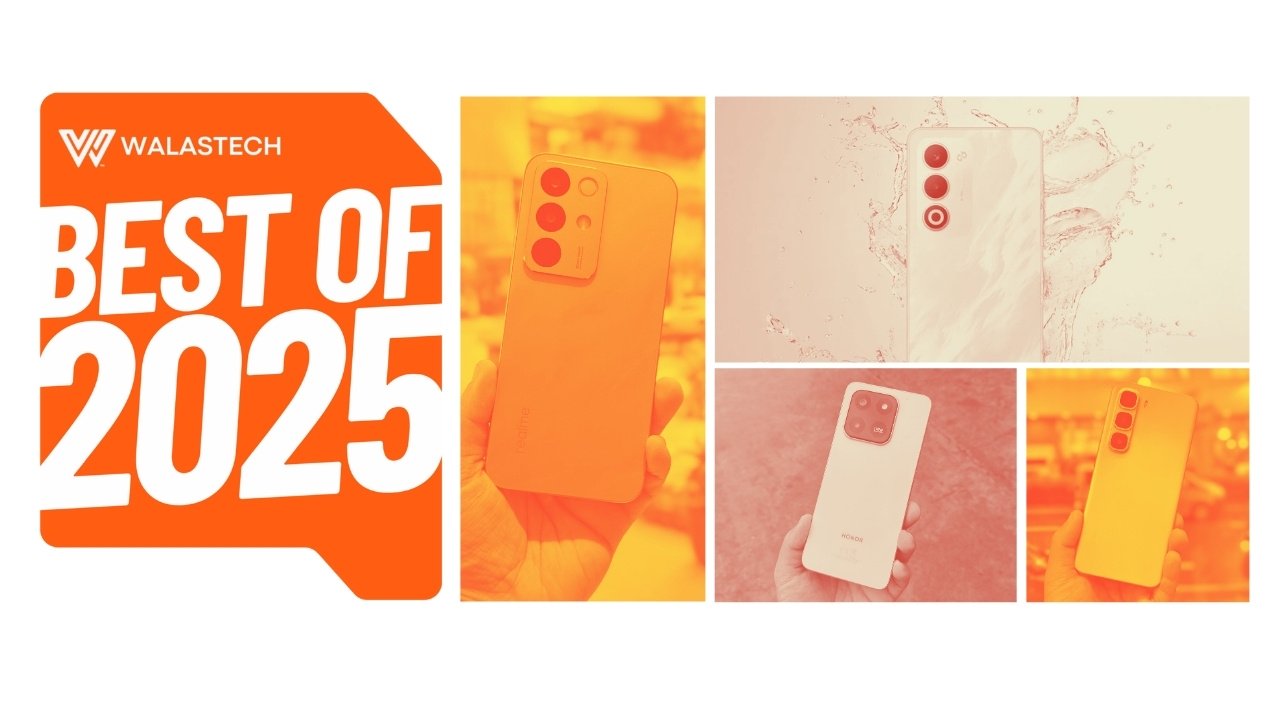
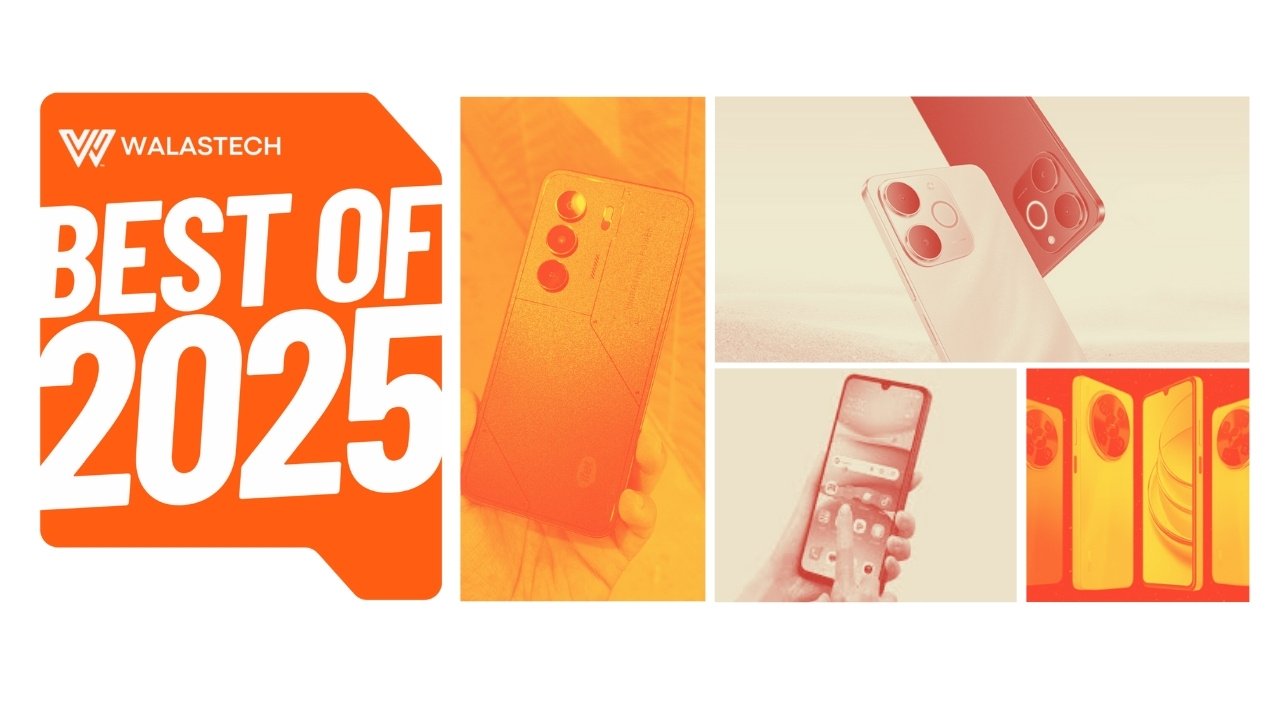





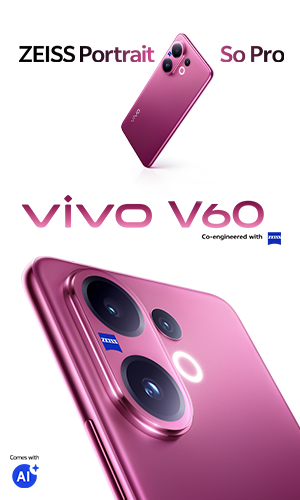
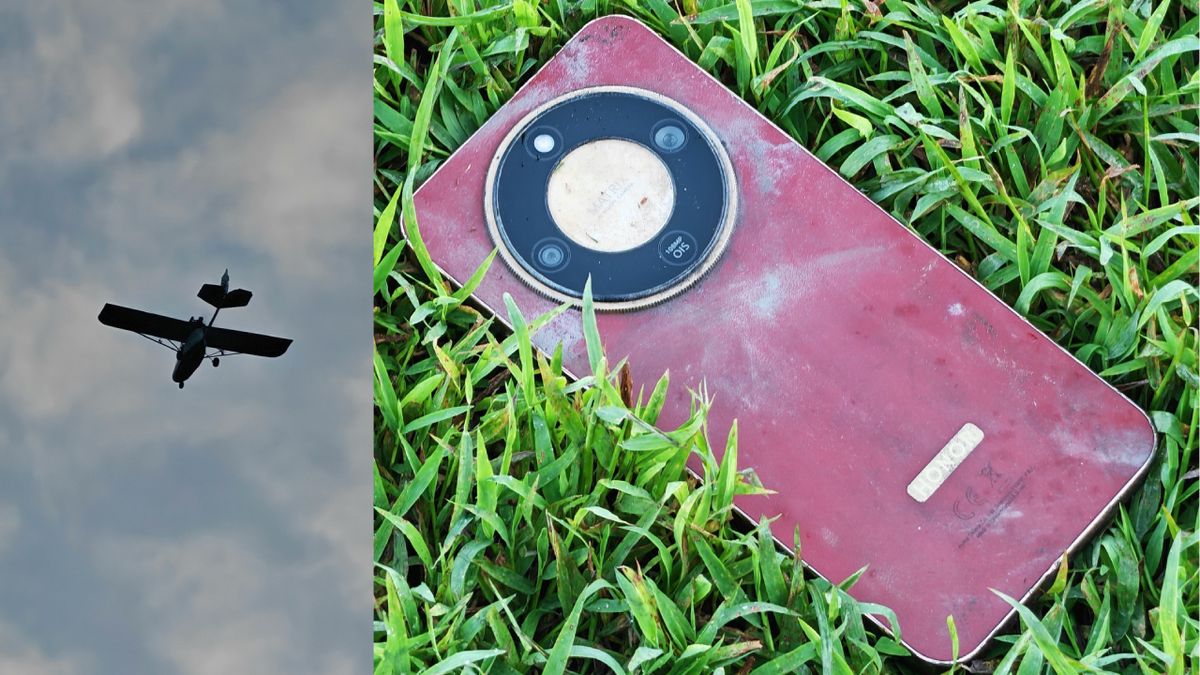



Leave a Reply